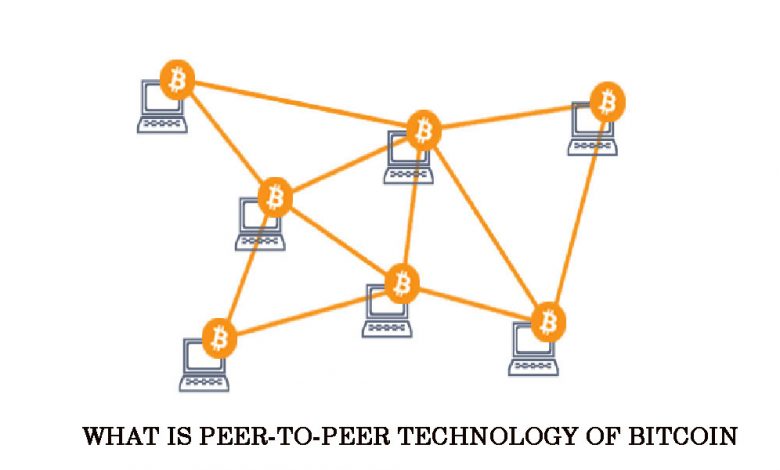What is Peer-to-Peer Technology of Bitcoin?

The use of cryptocurrency is growing rapidly. Approximately, there are about 300 million people who use cryptocurrency. Among all of them, Bitcoin is undoubtedly one of the most popular. Thus, Bitcoin is made to ease the transaction process through the P2P model.
However, are you looking for a better solution for investment in Bitcoin? Then, you can easily download the Yuan Pay Group app and start now! Here, you will know how the P2P model is essential in empowering Bitcoin and other cryptocurrencies. Please have a read below.
What do you mean by Peer to Peer Technology?
The decentralized networks of different computer systems having nodes and peers are referred to as P2P. In this system, the nodes are the same or equal, and data exchange happens without any central server.
Thus, the peers or the interconnected computers can easily use and provide resources from a particular network. These resources comprise storage, files, access to the printer scammer, etc. Therefore, every connected node can easily use, upload, store and distribute the files. So, the chances of failure are extremely low as the centralised author is not present.
How Does Peer-to-Peer Technology Work in Blockchain?
As said above, every node within a network can effectively share files without the presence of central authority. That’s what makes them different from traditional networks. Also, on the P2P networks, every connected device can share files through software applications. Hence, after downloading the file, the user can become the source for the particular file.
Different Types of Peer-to-Peer Network
These are the different types of Peer-to-Peer networks. Have a look at them below.
Unstructured Network
The unstructured network in the P2P network doesn’t have a specific build-up of nodes. However, it is considered one of the common and most accessible P2P networks. In this network, local optimization is easier as there are no structures. On the other hand, the unstructured network makes it more challenging to find rare files.
Furthermore, flooding leads to filling the memory at a faster rate. It happens because the peers do not have a specific file. So, the chances to find the accurate file are less.
Structured Network
Secondly, the structured networks are considered to be organized. This P2P network is specifically designed to locate resources for finding the rarest files. This system uses a hash table that ties every file with a specific peer. Thus, it becomes easier for the nodes to retrieve the files that are assigned with a key.
Moreover, it is not that easy to do the task. The structured network requires nodes to memories the neighbor’s list to fulfil the criteria. Hence, structured P2P networks are not flexible enough. That’s why they are less effective.
Hybrid Network
Thirdly, the hybrid model is a combination of both traditional and P2P technology. Generally, the hybrid technology has a central server. It provides the function of the client or centralized server. It helps the nodes to find their peers, and a decentralized system gives a total feel of an unstructured P2P network.
Benefits of Peer-to-Peer Network
These are the different benefits of Peer-to-Peer Technology that you must know.
Privacy
The P2P networks help provide more privacy than the centralized networks. Hence, it is possible because there is no requirement of a central authority or system.
Improved Network
In all P2P networks, every node gets involved in the forwarding and routing data. Hence, you don’t need any dedicated server or router to complete the transaction. This feature helps in improving network efficiency.
Low Chances of Failure
Yes, P2P networks are considered to withstand any failure. Losing a single node will not hamper the whole network.
Scalability
The primary purpose of P2P technology is to increase scalability. You can expect every node in the network to act as a server. . As the clients increase in the systems, the system count will also increase simultaneously.
Costs
Lastly, P2P technology is a highly cost-effective solution. Every node plays an equally important role that improves its efficiency and scalability.
Conclusion
In conclusion, Peer-To-Peer technology is the core of cryptocurrency to smoothen the transaction process. Thus, people can easily trade Bitcoins and other cryptocurrencies without the centralized system. From the above discussion, it is now clear that the P2P technology of Bitcoin is giving a significant boost to crypto users.
Follow – https://bitcointodays.com for More Updates




